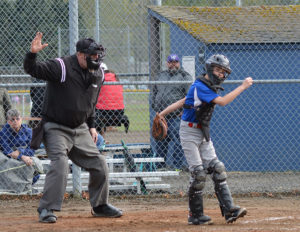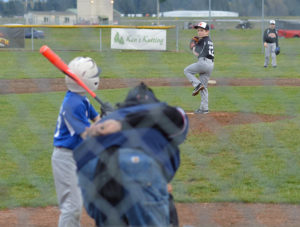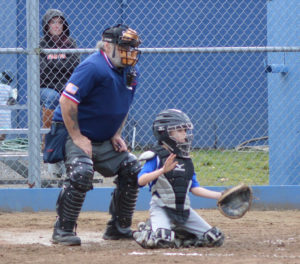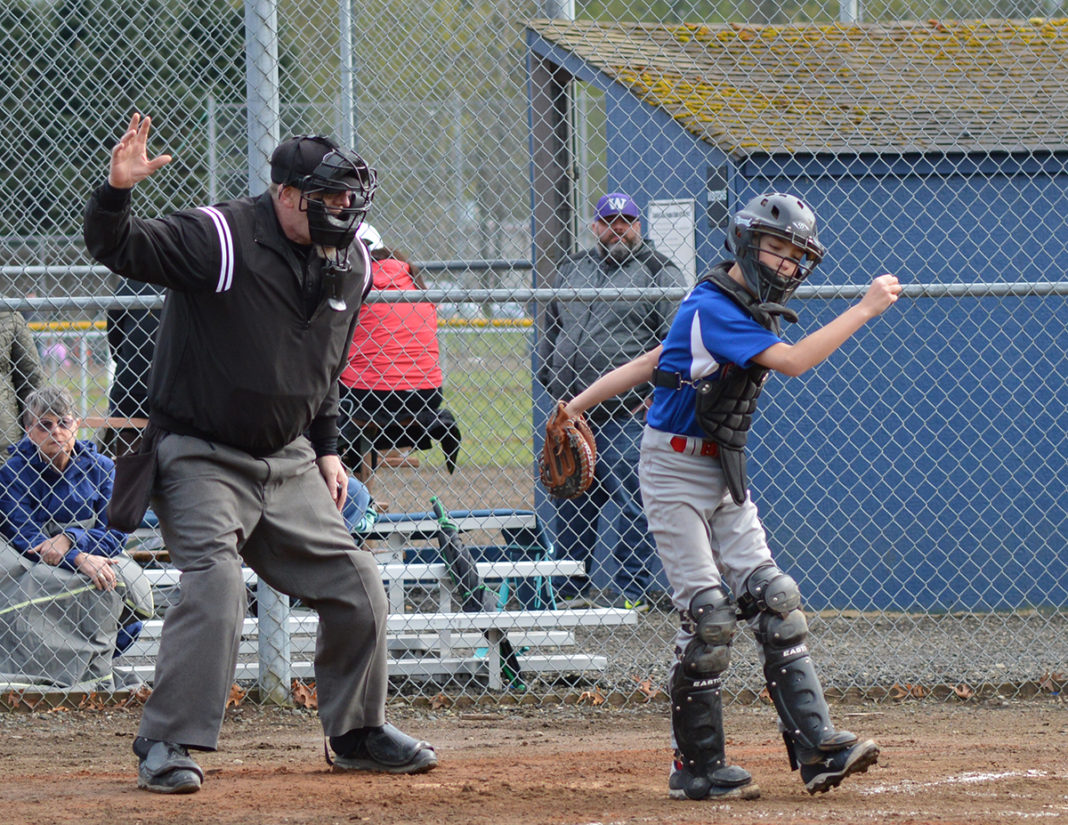There’s a handful of moments between each inning when the umpire gets to enjoy a quick respite.
As one team retreats to the dugout and the other takes the field, there’s some time – albeit brief – for the umpire to recharge the batteries before once again slipping on the mask and crouching back behind the plate.

That is unless you’re umpiring a little league game.
There is no down time. Even when you’re not calling balls and strikes, you’re teaching and guiding the participating youngsters, often about things that have absolutely nothing to do with baseball.
It’s a thankless job, often overlooked by those in attendance.
And Jerry Schoonover loves doing it.
Schoonover umpires games for the Capitol Little League. And like all his fellow umps, Schoonover is a volunteer.
“It’s funny, I never played baseball growing up,” Schoonover said. “I didn’t get involved in the sport until my son started playing. It was through his passion that I found my passion.”
The Capitol Little League’s spring baseball season consists of approximately three dozen teams, made up of some 500 boys and girls between the ages of 4 and 13.

In regards to players, the numbers have remained steady over the years – even trending upwards of late. The same cannot be said for umpires.
“Crucial to a well-run league and smooth-running games,” Schoonover and his fellow umpires will usually work one weekday evening game and a weekend during the season, and they will do so as a one-umpire crew.
“I understand why others decide to umpire at the high school level,” said Schoonover, who has been umpiring since 2001. “I don’t fault anyone who wants to get paid to do this. I used to work high school games. I loved working with the high schoolers, but there was just something missing.”
Overseeing the rules and flow of a baseball game is present in both age groups. What was absent with the older players was the opportunity to work with younger kids as they learn and develop social skills, teamwork and how to handle winning and losing.
“For some of these kids playing baseball out here will be the best part of their year,” Schoonover said. “If I can do anything to help make that happen, it’s worth volunteering.”
Working as a single-member crew is quite a different game than the usual 3- or 4-man crews. Because of this, additional training is valuable. Schoonover and the other umpires will provide during a training seminar at the Capitol Little League fields on Sunday, April 30 between 12:00 – 4:00 p.m. The Capitol Little League fields are located at 7700 New Market SW in Tumwater. The training is available to anyone who is interested in volunteering for the Capitol Little League.

“We will have a lot of experienced umpires there who will provide their insights into the game,” Schoonover said. “We will go over positioning and a number of other aspects. If you’re new to umpiring this will be great training, and if you’ve done it for years it’s always helpful to brush up.”
In addition to providing training, Capitol Little League pays for six scholarships slots to the Right Call Umpire Academy. The Academy offers 90 hours of training in baseball rules and umpire mechanics instruction given over a six-week period in Centralia. Capitol Little League also provides pair tuition and travel for two umpires to attend the Little League Umpire School in San Bernardino, California.
If you are interested in umpiring for Capitol Little League email president@capitollittleleague.org or contact Schoonover at umpire@capitollittleleague.org




















































